
Aug 9, 2020 | Globalist Corporations, Hollywood Programming, Video
Truth is diamonds are NOT rare … Corporate greed has made them rare
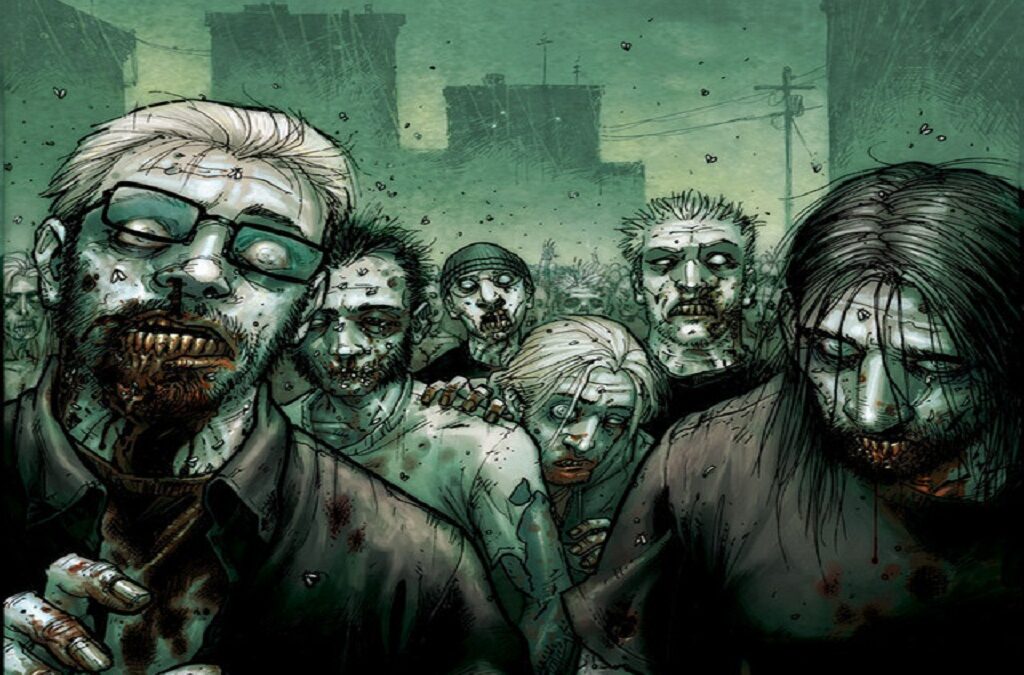
Nov 8, 2015 | Hollywood Programming, News
From its humble folkloric beginnings to the release George Romero’s classic Night of the Living Dead in 1968, today’s current Walking Dead craze has taken zombie culture in America to new heights. And now that Halloween has arrived, our taste for adventures involving...
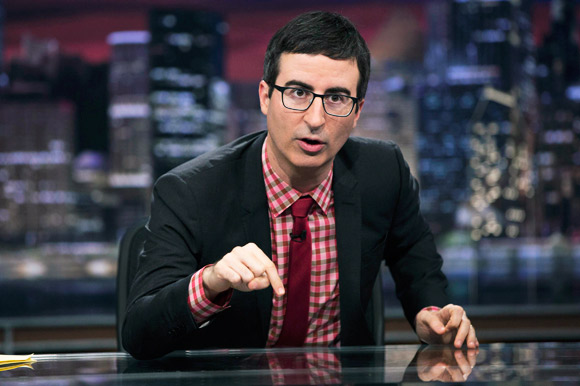
Aug 15, 2015 | Enlightened Influences, Hollywood Programming
John Oliver is an English comedian who first attracted US attention through his work on The Daily Show with Jon Stewart. In April 2014, he began taping episodes of Last Week Tonight with John Oliver, a weekly half-hour program that satirizes news and current events....

Jul 19, 2015 | Enlightened Influences, Hollywood Programming
Matt Damon – “Things Are All Upside Down” Speech In this video actor Matt Damon speaks publicly on the New World Order and the Illuminati in a powerful speech. He mentions the “topsy turvy world”we’re living in where the wrong people are in jail and the wrong people...
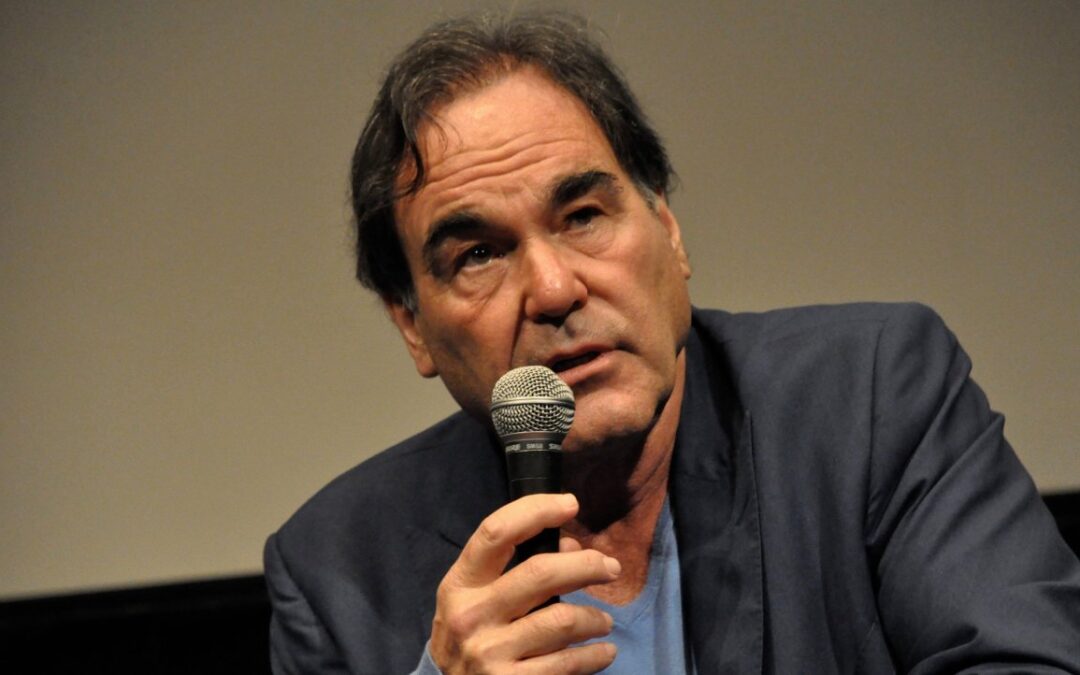
Feb 25, 2015 | Activism, Enlightened Influences, Hollywood Programming
Oliver Stone, byname of William Oliver Stone (born September 15, 1946, New York, New York, U.S.), American film director, screenwriter, and producer known for his ambitious and often controversial movies. Stone, the son of a wealthy stockbroker, was raised in New...
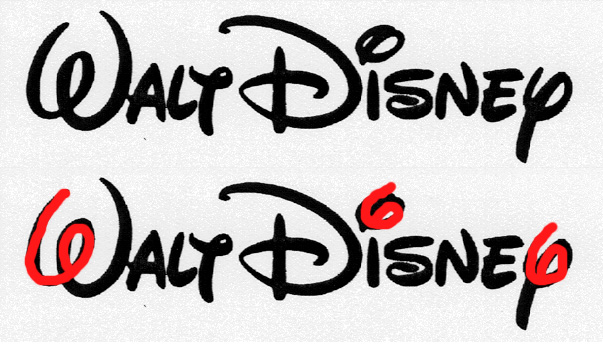
Oct 18, 2014 | 2020 Relevant, Hollywood Programming, Taboo Terminology, Video
Unbelievable hidden messages and symbolism are found not just in Disney productions but also Hollywood in large in general. The entertainment industry may not even realize the severity of the situation with its effort to follow along in ‘cool’ and...

Oct 17, 2014 | Extra-Dimensional, Hollywood Programming
In films that present humans alongside alien counterparts, we inevitably learn more about our own humanity than of the alien creature’s new perceptions. When we visit a new country far from home, we make just as many (if not more) discoveries about ourselves as we do...
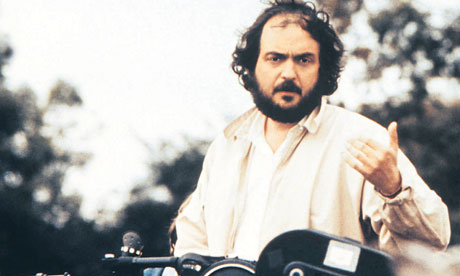
Sep 29, 2014 | 2020 Relevant, Enlightened Influences, Hollywood Programming
Stanley Kubrick. This famed movie director who made films such as 2001: A Space Odyssey, A Clockwork Orange, The Shining and Eyes Wide Shut, placed symbols and hidden anecdotes into his films that tell a far different story than the films appeared to be saying. In...
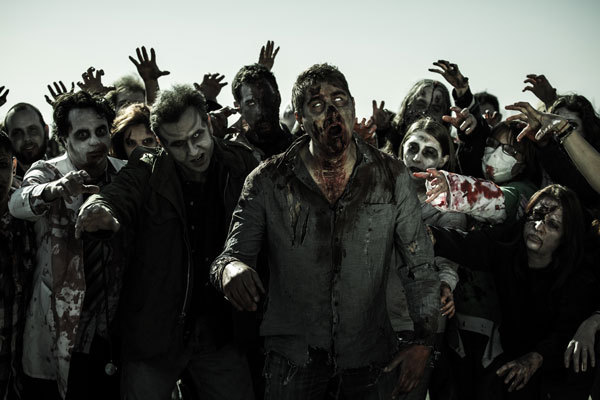
Sep 10, 2014 | Hollywood Programming
George A. Romero’s Vital Role in Paving the Road for Today’s Zombie Film The first feature length film to employ zombies as a vehicle for social commentary was Abel Gance’s J’Accuse (1919), which is also memorable for featuring authentic footage from the...

Apr 25, 2014 | Hollywood Programming, Nature Body Mind
Science fiction novels and films, historically speaking, provide writers and directors with imaginative vessels for social commentary. And even though they are always a reflection of the idiosyncrasies and anxieties which permeate society in the present, they...










